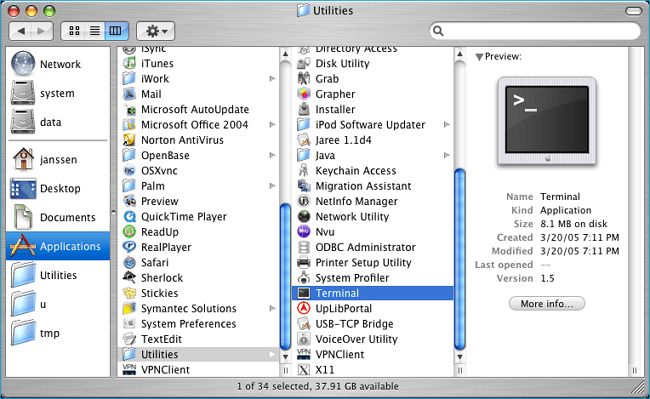

In Finder select Go, then hold down the Option key, and select Library. If you want to share your macros with someone else, you can copy Personal.xlsb to the startup folder on other computers, or copy some or all of its macros to the Personal.xlsb file on other computers. Your Personal.xlsb file is stored in a system startup folder. Moving macros from one computer to another You can rename Modules in the Properties window beneath the Project Explorer, so they better reflect what the macros inside them do. So if you already have Module1 and Module2, VBA will create Module3. Note: When you record a macro in a new instance of Excel, VBA will automatically create a new Module folder and increment its number. In the Customize the Ribbon category, in the Main Tabs list, select the Developer check box, and then click Save.Ĭlick Developer > Visual Basic to launch the Visual Basic Editor (VBE), which is where your macros are stored. Go to Excel > Preferences… > Ribbon & Toolbar. By default, the Developer tab is not visible, so do the following: Make sure the Developer tab is visible on the ribbon. You can also make the workbook available on a shared network drive or from a SharePoint Services library.įor more information about copying a macro from one workbook to another, see Copy a macro module to another workbook. If you have one or just a few macros that you want to share with others, you can send them the workbook that contains them.
#Excel for mac 11 macros windows
You can search for XLSTART in Windows Explorer to locate it. If you want to share your macros with someone else, you can copy it to the XLSTART folder on other computers, or copy some or all of its macros to the Personal.xlsb file on other computers. Your Personal.xlsb file is stored in a folder called XLSTART.
#Excel for mac 11 macros code
You can delete it, or keep it to add code to later. If you don't see it, go to View > Project Explorer.ĭouble-click on the VBA Project (PERSONAL.xlsb) folder > Modules > Module1, and you'll find the empty Macro1 that you recorded.

You can find your Personal Macro workbook in the Project Explorer pane on the left hand side. Go to Developer > Visual Basic to launch the Visual Basic Editor (VBE), which is where your macros are stored. When you close the workbook, you'll be prompted to save both the workbook, and the Personal Macro workbook. This is the most important step, because if you don't already have a Personal Macro Workbook, Excel will create one for you.Ĭlick Developer > Stop Recording, and Excel will have created your Personal Macro worbook. In the Store macro in box, pick Personal Macro Workbook > OK. When you do start creating macros of your own, you'll want to give them descriptive names, so you know what they do. You can accept the name that Excel gives you, such as Macro1, since this is just a temporary macro. In the Record Macro dialog box, don't bother entering a name for the macro in the Macro name box. Go to the Developer tab, and click Record Macro. You can learn more about creating macros in Quick start: Create a macro. We’ll record a macro that does nothing, but will create the Personal Macro workbook. For more information, see Show the Developer tab. Macros and VBA tools can be found on the Developer tab, which is hidden by default, so the first step is to enable it.


 0 kommentar(er)
0 kommentar(er)
